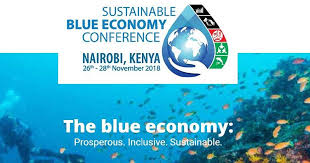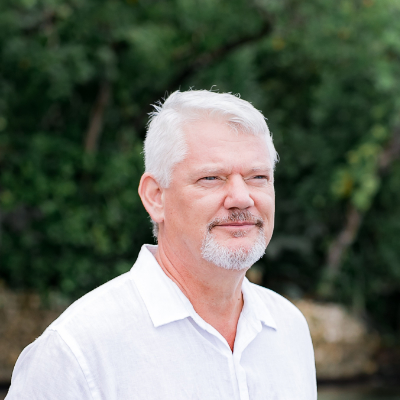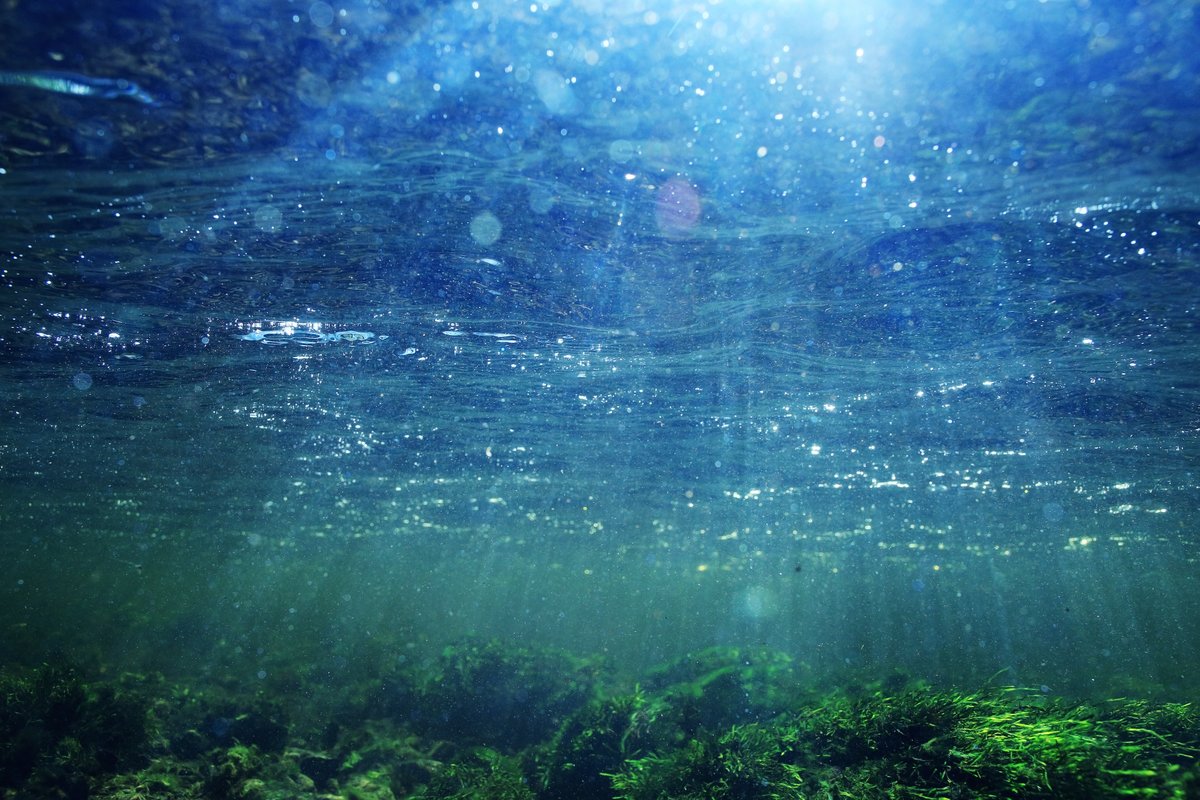My first contact with the Blue Economy
In 2004, during my time as German Ambassador to Chile, I visited the southern part of the country and was bewildered by the natural beauty of the Lago Llanquihue, where it’s crystal clear waters reflected the Vulcan Osorno like a mirror. Hiking in the romantic wilderness of Patagonia, presented a first experience in observing breeding cages for salmon. Further observation at an aquaculture company shows that the salmon lives in fresh water in their first six months before being moved to the ocean for their final growing period. The aquaculture industry in Chile has become one of the most important economic sectors in the country contributing 10% to the country’s GDP.
From this personal account, I saw the interplay between the many interests of the people in the region – all bounded somehow in the same way to the ocean: local fishermen taking advantage of the rich waters in the lakes and sea; the gigantic aquaculture companies using the same freshwater lakes and the gorgeous spots around the island Chiloe, the tourism community responding to an ever-growing sector and trying to build up eco-friendly resorts and hikes at the shores and the rights of the Chilean state to benefit from this national asset. Finding a way to balance these – sometimes conflicting – interests, in a manner that allows both, sustainable and equitable growth, is what we today call the Blue Economy.

The first Sustainable Blue Economy Conference in Nairobi, Kenya (26.11.2018), was attended by more than 13,000 people from all over the world and strolled through the spacious conference centre. The word “Blue Economy” could be seen everywhere in all the different meetings and exciting discussions. Sometimes for my taste too many speakers with too less time to deepen the debate. The overall motto was the question of how our economic activities can help to create sustainable wealth from the world´s oceans and coasts, lakes, and rivers. All sectors of what we call Blue Economy, the established ones and the new areas, were present.
But what I missed, was a discussion between the different sector. What I saw was a conference with a sectorial debate. Each sector was discussing with itself, maybe exchanging different views from different angles based on different experiences. I will not deny the importance of that. Fishery experts from Japan are discussing with other fishery experts from the Caribbean region. Tourism industry experts from the South Pacific exchanging experiences with the tourism industries of Canada. Security people from Norway with their colleagues from Kenya. Shipping lines from Asia with another shipping line from Europe. That is an essential factor of an international conference.
But was that a discussion about the importance of the Blue Economy?
Where was the debate which bridges the sectors?
An exchange of expectations, about cooperation, about the different understanding of the concept. What is the meaning of Blue Economy for fishers in Jamaica, what for the owner of a cruise ship line, what for the Secretary-General of the ISA and what for marine biologists or an activist fighting climate change?
In short, there wasn’t a debate about that. It was a sectorial meeting under the banner of Blue Economy, but not a conference about Blue Economy.
What is the Blue Economy?
The concept or new paradigm of the Blue Economy emerged in the context of the Rio+20 Conference on Sustainable Development and the Green Economy. At that time it could be seen as a branch of the Green Economy.
After the Rio summit in 2012, we could see the first steps of considering the potential of the oceans for growth and later on, the integration of that sector in the definition in the Sustainable Development Goals. Goal 14 “Life under water” established targets to substantially reduce marine pollution, address ocean acidification, sustainably manage marine resources and increase scientific knowledge and transfer marine technology to developing countries, in particular, small island developing states.
The Blue Economy comprises the same principles and goals as the Green Economy. However, the concept has evolved from a “blue aspect of a green economy” to a paradigm in its own right.
Oceans and lakes are seen as “development areas” that should be given an opportunity for sustainable development. The aim is sustainable management of marine resources that enables existing and new areas for economic growth and job creation without destroying the ocean habitat.
From this perspective, Blue and Green Economy are mutually supportive. Greater prosperity and social justice while significantly reducing environmental risks. In this sense, the concept of the Blue Economy opens up new perspectives and new possibilities for the sustainable use of the oceans. For centuries, the seas and lakes have been seen as an unlimited resource and as a global wastebin, where environmental costs have been consistently excluded from any economic calculation.
The new Blue Economy approach aims to decouple general socio-economic development from environmental degradation. The real value of the oceans and seas must become clear to enable sustainable use and protection of the ecosystem, which is not unlimited.
The art of definition
Since then several definitions of the blue economy have emerged. However, the most referenced definitions emphasize sustainability and make an explicit connection between the utilization of marine resources for economic advancement, and the maintenance and improvement of the ocean, coastal and marine resources and ecosystems. CBEI will follow the definition of a recent study of the Caribbean Development Bank (CDB).
The concept of the Blue Economy rests on the following themes:
- Sustainable and inclusive growth and development
- Reducing the risk of over exploitation and risky methods of extraction/usage of the ocean’s resources
- Enhancing the welfare of coastline communities in terms of economic opportunities and social protection
- Ensuring resilience of countries to natural disasters and the impact of climate change.

